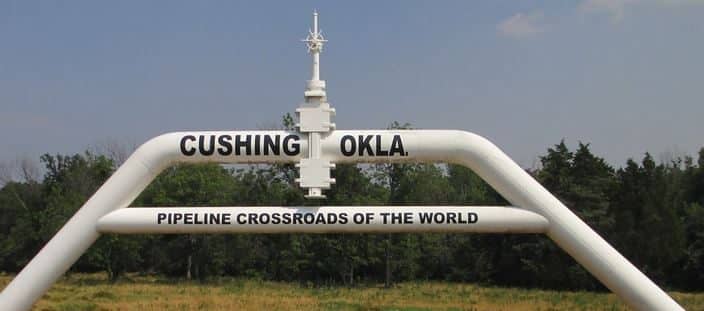How is oil brought to market?

How is oil brought to market?
Whether conventional or unconventional, oil is sold on markets. The two main markets are the New York Mercantile Exchange (NYMEX) in New York and the International Petroleum Exchange (IPE) in London.
NB: NYMEX was acquired by the Chicago Mercantile Exchange in 2008. IPE was acquired by the Atlanta-based InterContinental Exchange (ICE) in 2001. In 2005, IPE changed its name to ICE Futures. Since then, all transactions have been carried out on an electronic platform.
The NYMEX trades commodities, including WTI. On this market futures are settled on their maturity date by physical delivery in Cushing, Oklahoma. These contracts are said to be deliverable.
 |
| Cushing, Oklahoma, is the crossroads for pipelines in the United States (between Oklahoma City and Tulsa). It is where contracts are delivered on the maturity date. It has substantial storage capacity, but this is saturated during periods of low demand. In red, the controversial Keystone XL giant pipeline project. |
Unlike futures futures, WTIfutures can be settled in kind or in cash. In other words, in London, on the delivery date, you either deliver or pay (the difference). In New York, you either deliver, or pay a breakage fee, which is potentially more expensive, hence the possibility of a negative price, which avoids paying an even higher penalty (and lawsuit).
Conclusion: Negative Brent prices are less likely and changes have been made to the rules governing the futures market. futures market WTI futures market in April 2020, to prevent a recurrence of negative prices.
[Back to main article: Understanding the negative price of oil]
For more information, please contact us!